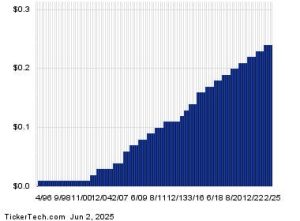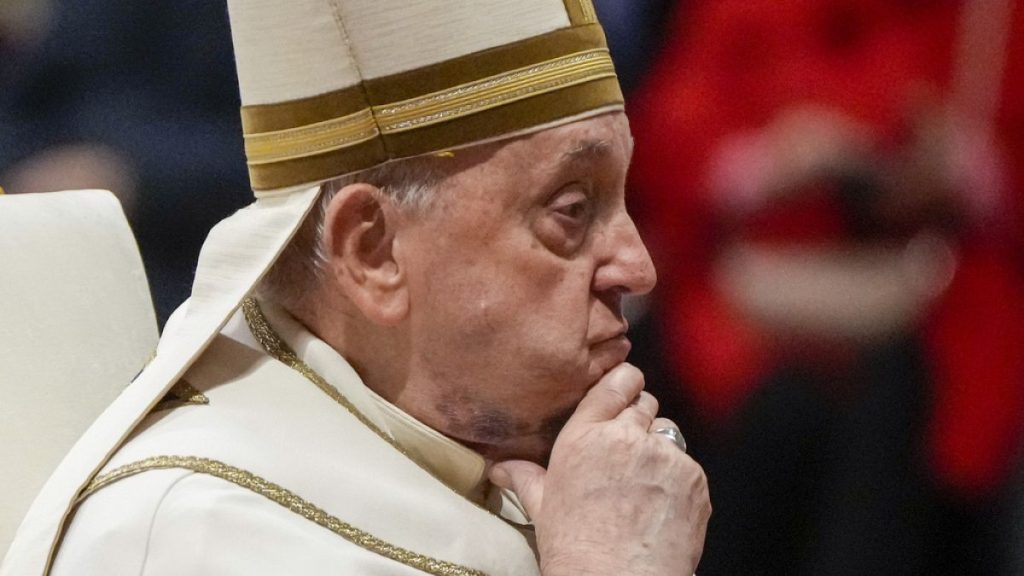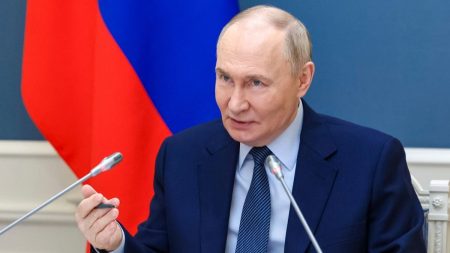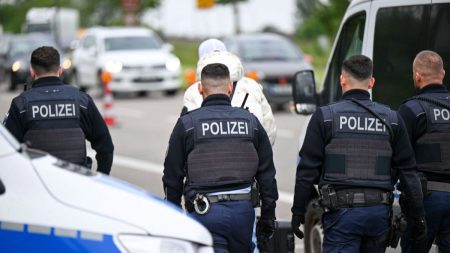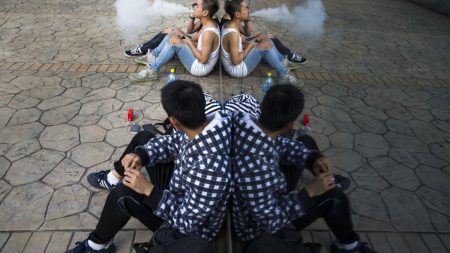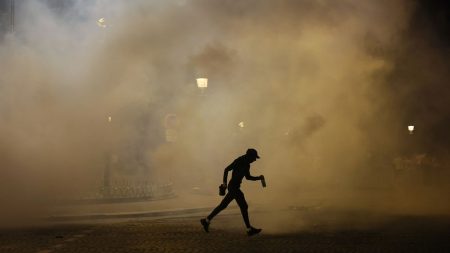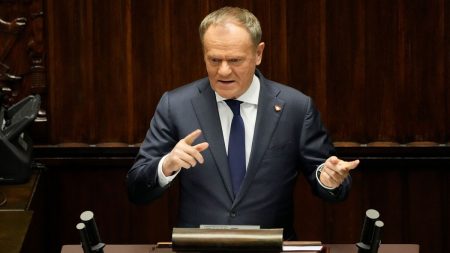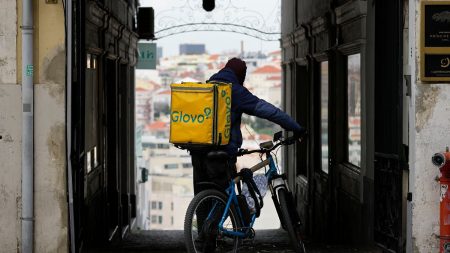The recent surge of videos proclaiming Pope Francis’s resignation and the appointment of a successor is entirely fabricated and rooted in misinformation. These videos, often garnering significant views, erroneously claim that Filipino prelate Luis Antonio Tagle has been chosen as the next pope. This narrative contradicts official information from the Vatican, which has issued no statements regarding the Pope’s resignation or any succession plans. Furthermore, reputable news outlets have not corroborated these claims, reinforcing their dubious nature. Pope Francis himself, in his recent autobiography “Hope,” has expressed his good health and lack of intention to resign, directly countering the rumors. A closer examination of these videos reveals the use of manipulated stock footage, AI-generated voices, and even clips from satirical news sources like The Onion, further highlighting their lack of credibility.
A crucial flaw in these videos lies in their misrepresentation of the papal selection process. Popes are not appointed but elected by a conclave of cardinals, a process shrouded in tradition and recently popularized by fictional accounts like the thriller “Conclave.” Upon the death or resignation of a pope, the College of Cardinals convenes at the Vatican to initiate the selection of his successor. These cardinals, personally appointed by the pope, represent the highest echelons of the Church’s hierarchy and hail from diverse corners of the globe. Through a series of general congregations, they deliberate on the current state and future challenges of the Catholic Church, paving the way for the papal conclave.
The conclave itself restricts participation to cardinals under the age of 80, limiting the number of electors to a maximum of 120. While theoretically any baptized Catholic male is eligible for the papacy, in practice, the cardinals almost invariably elect one of their own. Potential candidates often emerge during the period between a pope’s death or resignation and the subsequent election. The conclave takes place within the confines of the Sistine Chapel, giving rise to the term “conclave” derived from the Latin “cum clave,” meaning “with a key.” This underscores the secrecy and isolation surrounding the process.
The cardinals remain sequestered within the Sistine Chapel, cut off from external communication, to ensure the integrity and confidentiality of the proceedings. Their daily routine revolves around four voting sessions, interspersed with meals, sleep, and continued deliberations within the secured area. Limited access is granted to two doctors and housekeeping staff, bound by strict oaths of secrecy. The voting process continues until a candidate receives two-thirds of the votes. Following each unsuccessful ballot, the ballots are burned with chemicals producing black smoke, signifying the ongoing search for a new pope.
The election of a new pope is dramatically announced to the world through the emergence of white smoke, produced by burning the ballots with different chemicals. This signifies the successful conclusion of the conclave and the election of the next bishop of Rome. The newly elected pope then chooses his papal name, a tradition laden with historical and symbolic meaning. His first public appearance as pope takes place on the balcony of Saint Peter’s Basilica, marking the commencement of his papacy.
The elaborate and secretive nature of the papal conclave, coupled with its historical significance, makes it a subject of fascination and speculation. However, the recent spread of misinformation regarding Pope Francis’s purported resignation underscores the need for critical evaluation of information, particularly in the digital age. The claims made in these videos not only misrepresent the current situation but also demonstrate a fundamental misunderstanding of the complex and time-honored process of electing a new pope. The reliance on manipulated footage, AI-generated voices, and satirical content further exposes the lack of journalistic integrity behind these fabricated narratives. Therefore, it’s crucial to rely on credible sources, such as official Vatican statements and reputable news outlets, to obtain accurate information about the papacy and avoid the pitfalls of misinformation.


